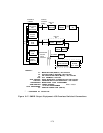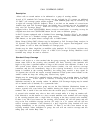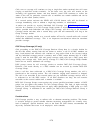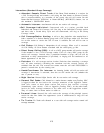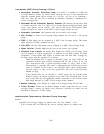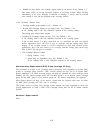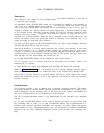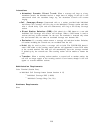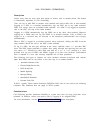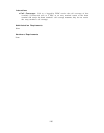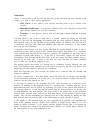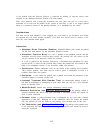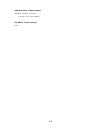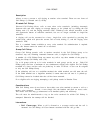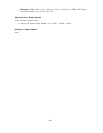Interactions
●
Attendant Console, Direct Trunk: When a coverage call rings at a busy
Attendant Console, the attendant receives a single burst of ringing. If the call is still
unanswered when the attendant hangs up,
the Attendant Console will resume
ringing.
● Call Coverage
—Group: Unanswered calls to a station, provided both Individual
and Group Call Coverage, will first ring at the Individual Coverage station and then,
after a second delay cycle and still unanswered, will ring at the Group Coverage
station.
● Direct Station Selection (DSS): Calls placed via a DSS button to a user with
Individual Call Coverage will receive call coverage. When a DSS button is used to
activate the busy-to-idle reminder for the user, the reminder is returned only when
the user becomes idle, not when an associated coverage user becomes idle.
●
Exclusion: If a covering station answers a coverage call and then invokes Exclusion,
all stations including the covered one, are excluded from the call.
●
Hold: May be used to place a coverage call on hold. The COVER-IND button’s
status LED winks at the covering station and the call appearance’s status LED winks
at the covered terminal. The held call will automatically leave the coverage terminal
if picked up by the covered user. The covering station will be unable to reenter the
call.
● Transfer: When a covering station transfers a covered call to another station, the
call will no longer appear at the covering station’s Cover button, though it still will
appear at covered multiline stations.
Administration Requirements
Voice Terminal (Station Port):
● Individual Call Coverage button (button function # 12)
—
Individual Coverage PDC (l-9999)
—
Individual Coverage Ring (Yes, No).
Hardware Requirements
None
2-83




